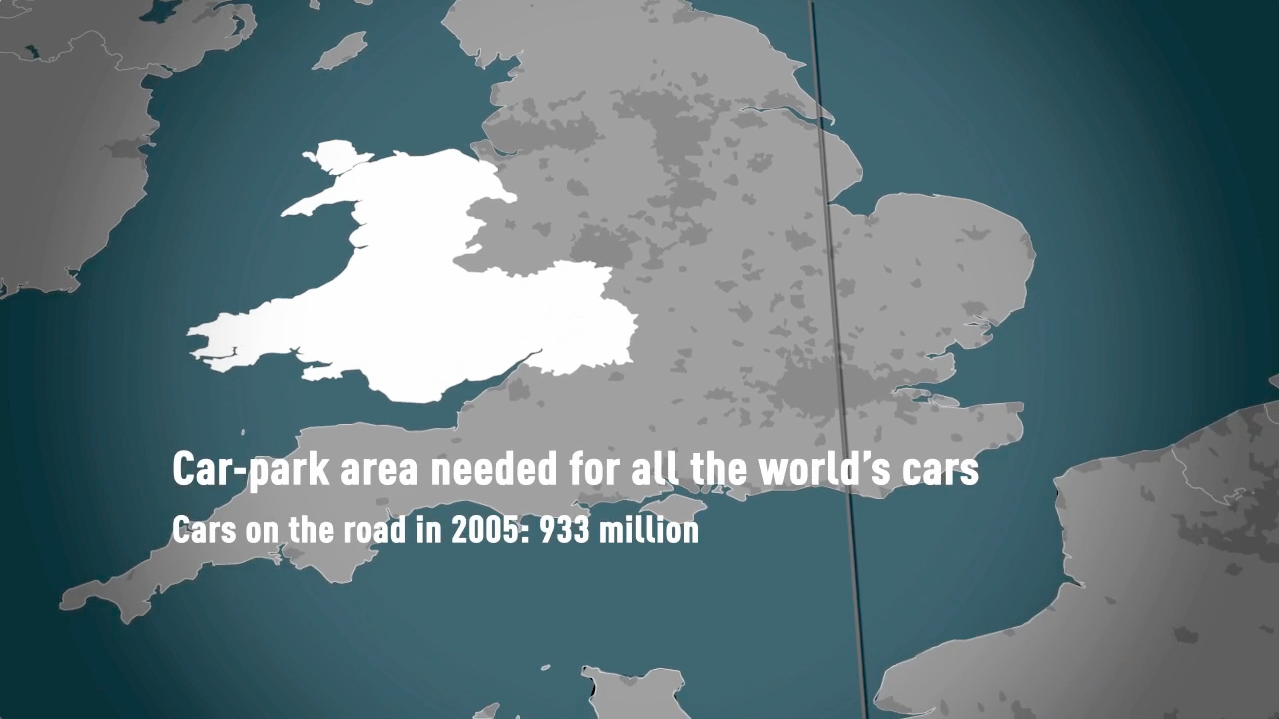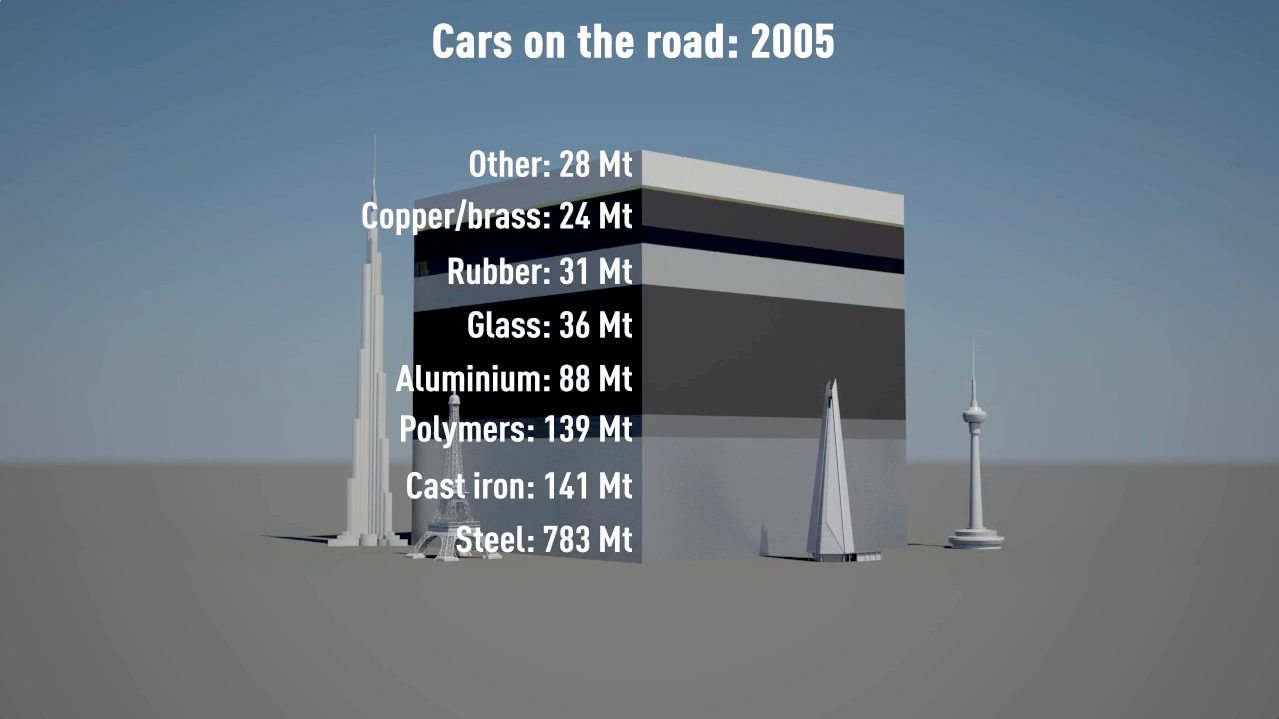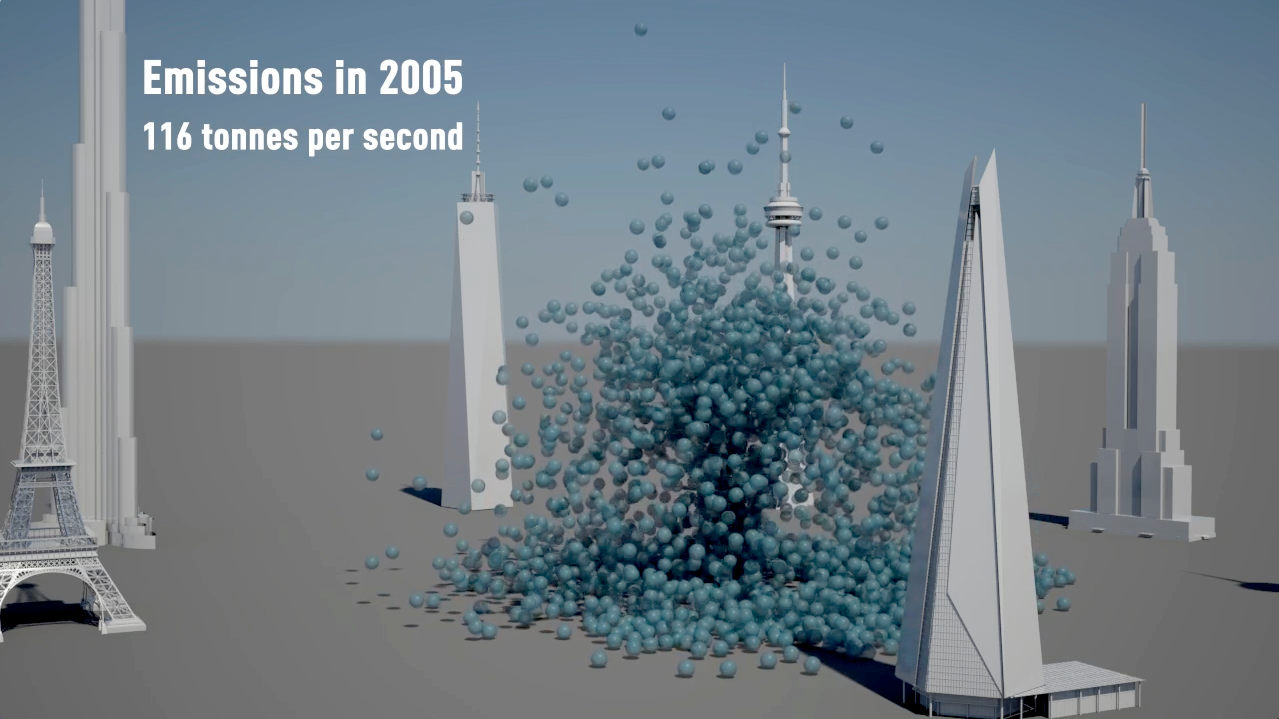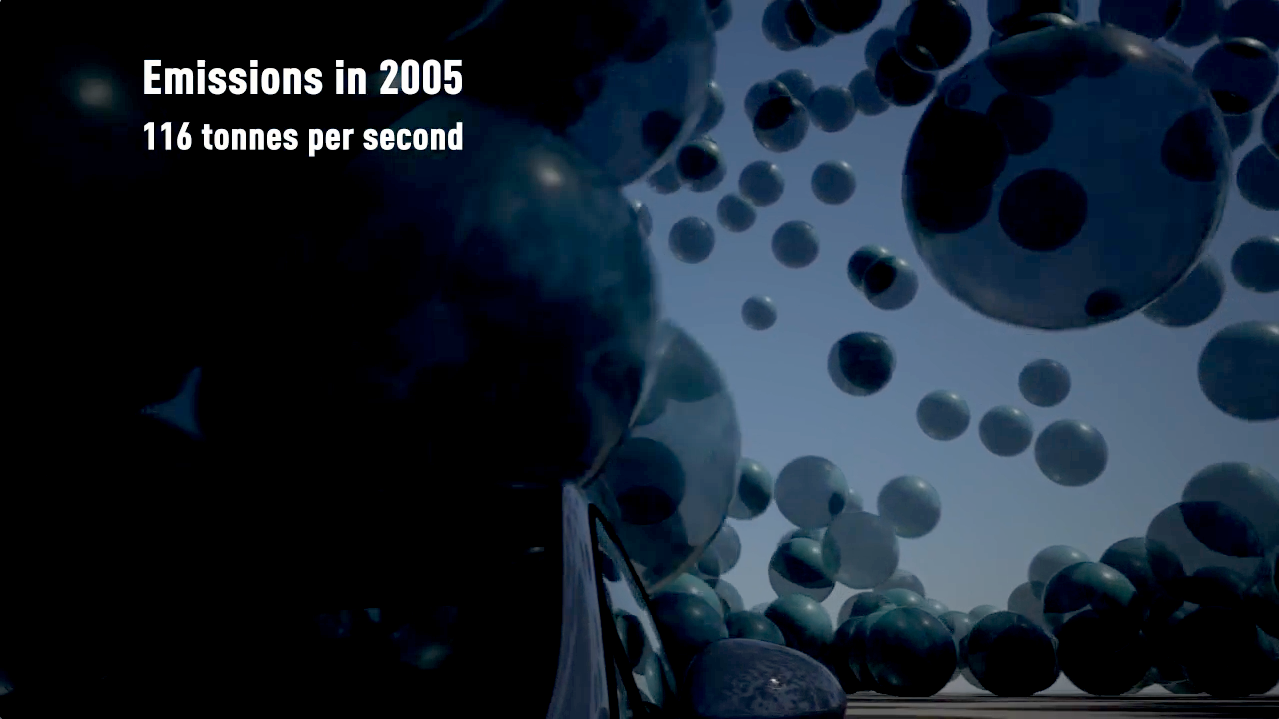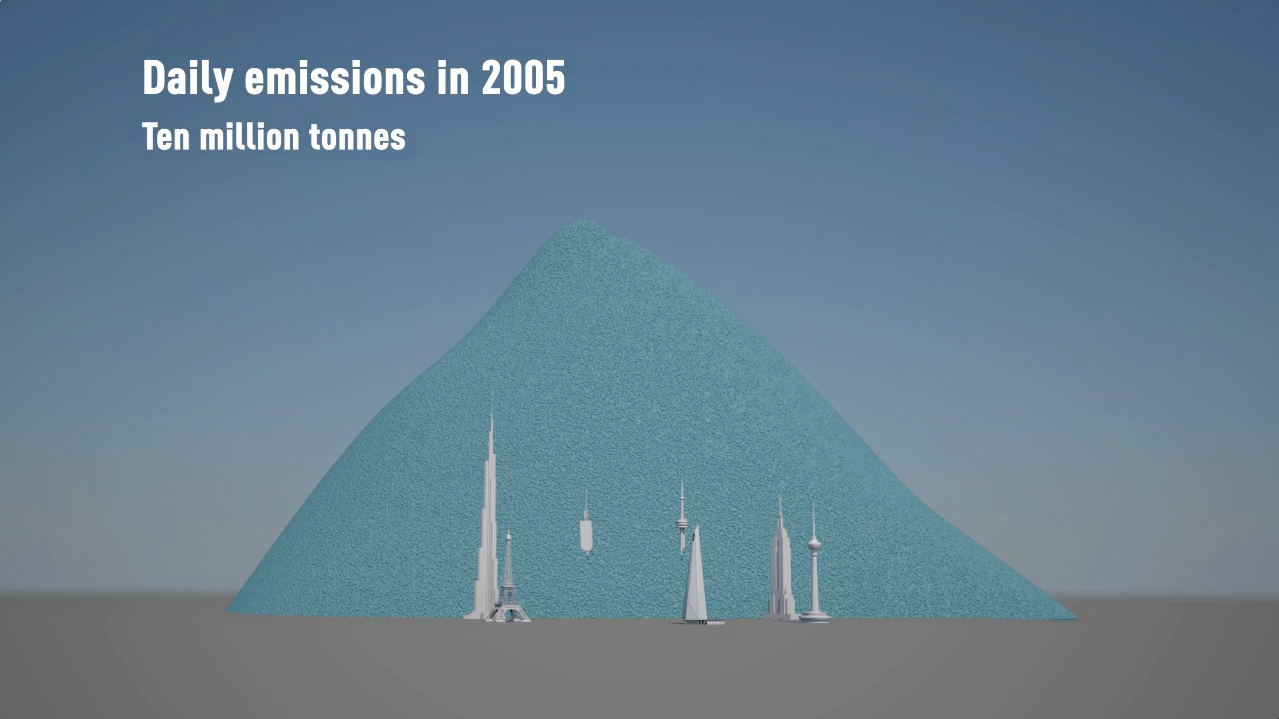CLIENT
University of Cambridge
PURPOSE
Film for an on-line, interactive training programme aimed at mid-career, high-potential and senior managers using data collated in collaboration with the University of Cambridge Department of Engineering.
DESCRIPTION
Film showing the current and expected resource use of all the world’s cars, as well as the CO2 emissions of cars today using data collated in collaboration with the Department of Engineering.
...the digital masters at Carbon Visuals are back with a whirlwind tour of the world's cars and the resulting resource and climate pollution impacts. More
Barry Saxifrage Vancouver Observer
A short animated film from Carbon Visuals is being used to engage managers around the world about the fundamentals of sustainability, how sustainability is relevant to their role and its importance to business success.
Created for the University of Cambridge Institute for Sustainability Leadership (CISL), the film shows the current and expected resource use and parking space of all the world’s cars, as well as the CO2 emissions of cars today.
The film is being used as part of an on-line, interactive training programme developed by CPSL and aimed at mid-career, high-potential and senior managers, the majority located outside of Europe and North America. It allows users to explore a simplified automotive industry value chain using data collated in collaboration with University of Cambridge Department of Engineering.
The idea from the beginning was to make a film that was simple and fun. Our aim was to provide genuine new insight into the industry – not mere statistical insight but a powerful sense of scale that fills the gap between direct experience and numerical reasoning.
And we hoped that the film would stimulate a hunger for answers to the question “what can we do to change course?”
Dr Adam Nieman, Creative Director, Carbon Visuals
See here for information on CISL's Business & Sustainability Programme (BSP) Online training.
Note: 2005 data was used as this is most recent verifiable.


